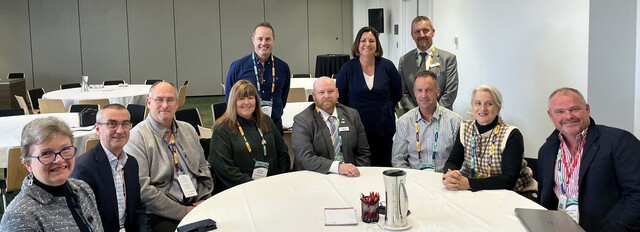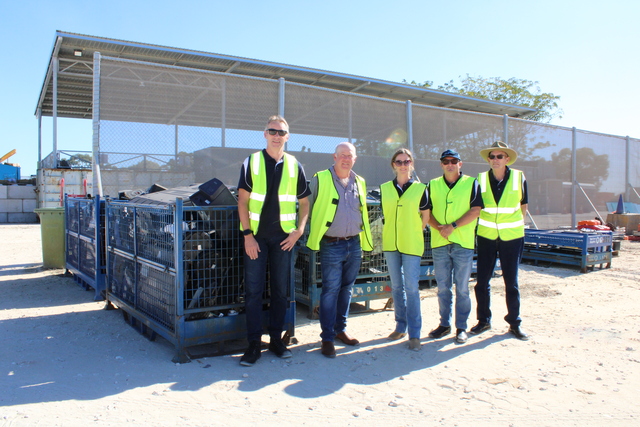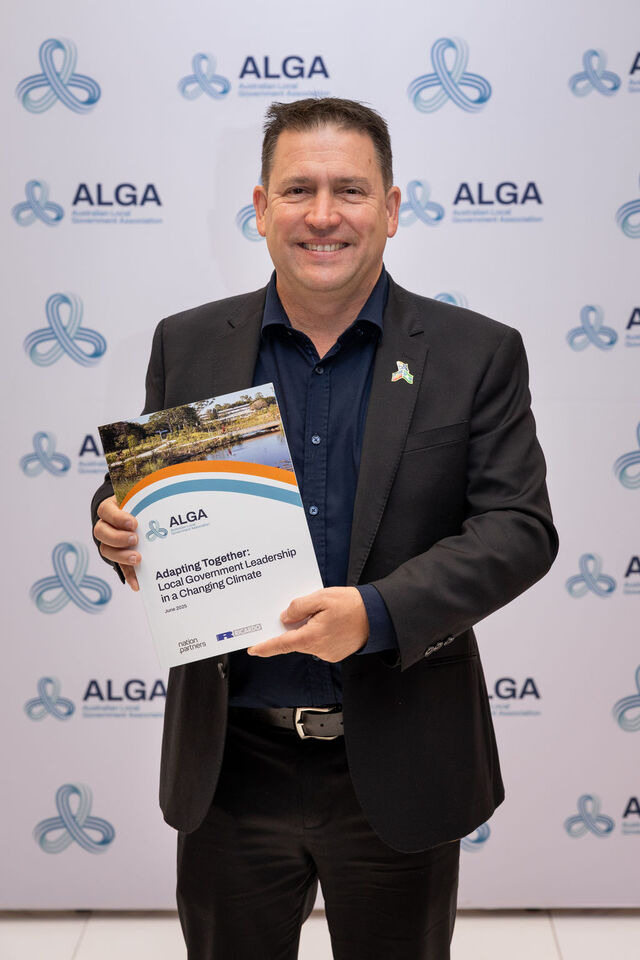Once again, floods, fires and extreme temperatures are dominating national headlines, with barely a state or territory left untouched by disaster in some form.
The unrelenting nature of these events has huge implications for local government, as a new round of recovery and rebuilding cuts into budgets already stretched by previous disasters.
In those regions experiencing inundation for a second time in as many years, councils must be feeling a degree of disaster fatigue, as efforts to rebuild and mitigate are set back yet again. Many of these councils have only just completed reports on and/or received funding to assist with rebuilding following the last round of floods. To see these efforts literally washed away must be heartbreaking.
Following the 2009 Black Saturday bushfires and the 2010/11 floods in Queensland and Victoria, all levels of government have invested in either preventing or mitigating natural disasters on such an extreme scale. Arguably, from some of the recent cases in Queensland, procedures put in place by governments and councils following the 2010/11 floods have reduced the impact on communities currently experiencing flooding, with preparation being a key element in any approach to a disaster.
Similarly, the findings of the 2009 Victorian Bushfires Royal Commission have not been ignored in tackling the 2013 fires across Tasmania, New South Wales and Victoria. Councils in fire-prone regions across the country have spent an inordinate amount of time and money over the past four years educating their communities in how best to prepare for bushfires, most significantly in terms of human safety.
Nature, however, is not something that can be controlled or indefinitely contained and, for a long time, scientific research has been predicting that global warming signals an intensification of extreme natural events — they will occur more often, and be more severe.
Little wonder, then, that councils and local government associations all over Australia are putting a massive effort into research into the effects of climate change, as councils bear the brunt of the human and financial cost of disaster, and indeed, in most cases, the cost of preparation for and amelioration of such events.
For those communities that have suffered or are suffering through disaster, local government is the most visible and tangible level of government in terms of the dissemination of vital information and assistance with evacuation and rescue, amongst the many other critical issues that arise during an event.
Further down the track, councils are crucial in the process of waste removal, road and infrastructure repair, coordination of emergency shelters, temporary housing and donations, to list just some of the on-the-ground services for which councils are responsible.
All this costs money — lots of money. And for councils and communities still struggling to recover from past events, it must be daunting to look ahead to many more years of financial stress, time-consuming grant applications and expensive repairs to or rebuilding of infrastructure.
Show us the money
In recognition of the prohibitive cost of natural disasters for councils, the Australian Local Government Association (ALGA) has presented a submission to the 2013-14 Federal Budget, outlining the need for reform in Commonwealth/local government financial relations to ensure the long-term financial sustainability of councils.
A number of reforms are outlined in ALGA’s submission, including the issue of financial recognition of local government in the Constitution, to which ALGA remains committed.
With the Joint Select Committee due to hand down its final report in March, and in the event that it concludes that a referendum should be held this year, the timing of the September 14th election has made it difficult for local government to run a successful public education campaign. Yet, under the circumstances, with councils once again facing extreme financial duress, the time seems (over) ripe for financial recognition of local government in
the Constitution.
ALGA has also recommended a full review of the Financial Assistance Grants (FAGs) program; permanent funding through the Roads to Recovery (R2R) program; and the prevention of cost and responsibility shifting onto local government by other levels of government, particularly by the states and territories.
ALGA’s Budget Submission asserts that, ‘higher grant levels are absolutely critical to these authorities being able to function in the best interests of their constituents and to equalise services and infrastructure availability across the community’.
The Submission goes on to state that: ‘Local and regional communities require support to respond and adapt to factors they cannot control, such as climate change, drought, natural disasters and economic upheavals’.
While local government has supported the Natural Disaster Relief and Recovery Arrangements (NDRRA), with the cost of restoring government infrastructure shared across the three levels of government, the recent floods in Queensland have highlighted the potential limitations of the current system.
In other words, the pit is not bottomless. It is unlikely that many regions, even with the assistance of the NDRRA, will be able to meet the cost of infrastructure restoration following the current floods. And, given that federal funds have to be shared between the states and territories, the concurrence of major disasters across the nation places further pressure on the NDRRA.
To assist councils in confronting this increase in natural disasters, ALGA has argued that the 2013-14 Budget should include: $50 million over five years for a dedicated program for local government disaster mitigation; and $20 million over four years to develop the data initiative, and boost local
government’s capacity.
It has to be hoped that 2013 is the year that local governments finally get the recognition they deserve and are adequately assisted in their endeavours to represent, support and protect their communities into the future.








